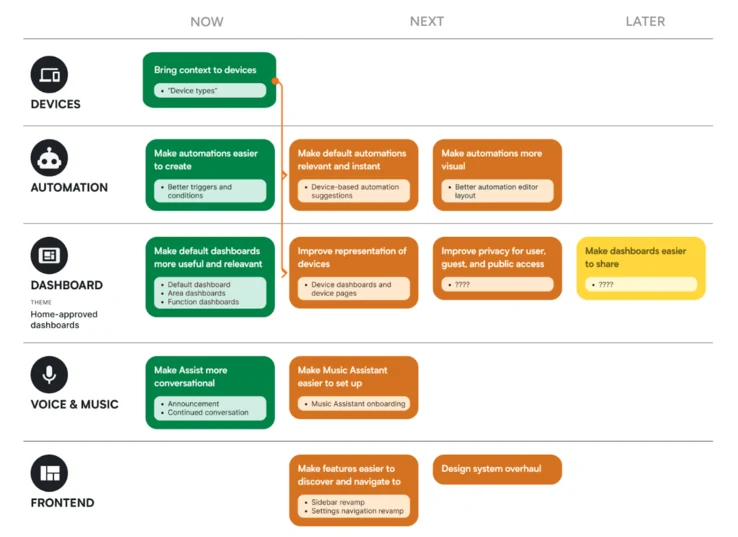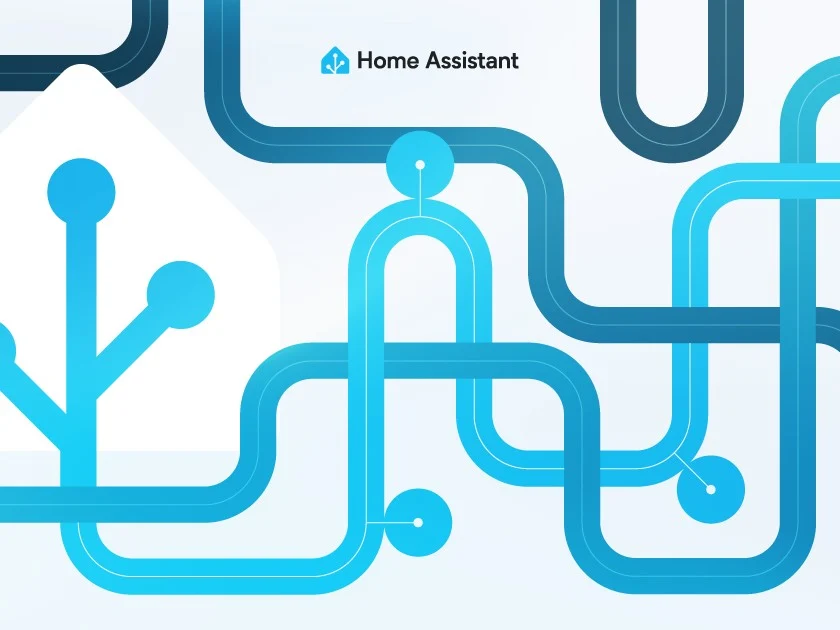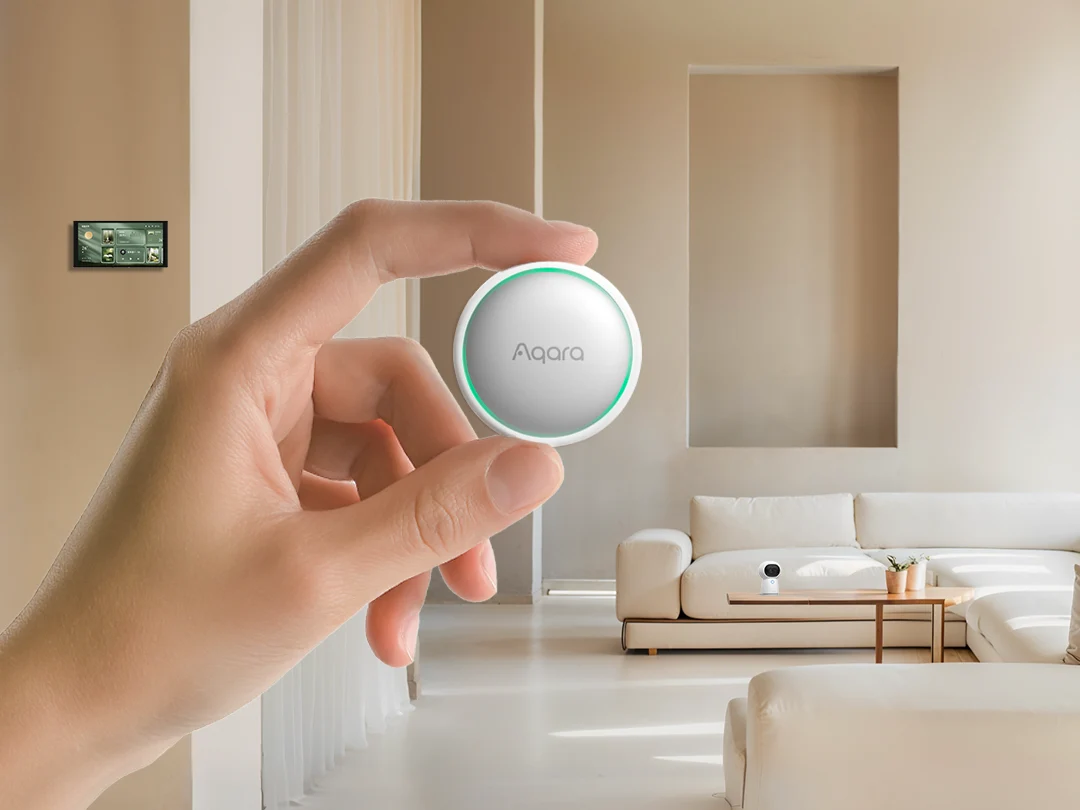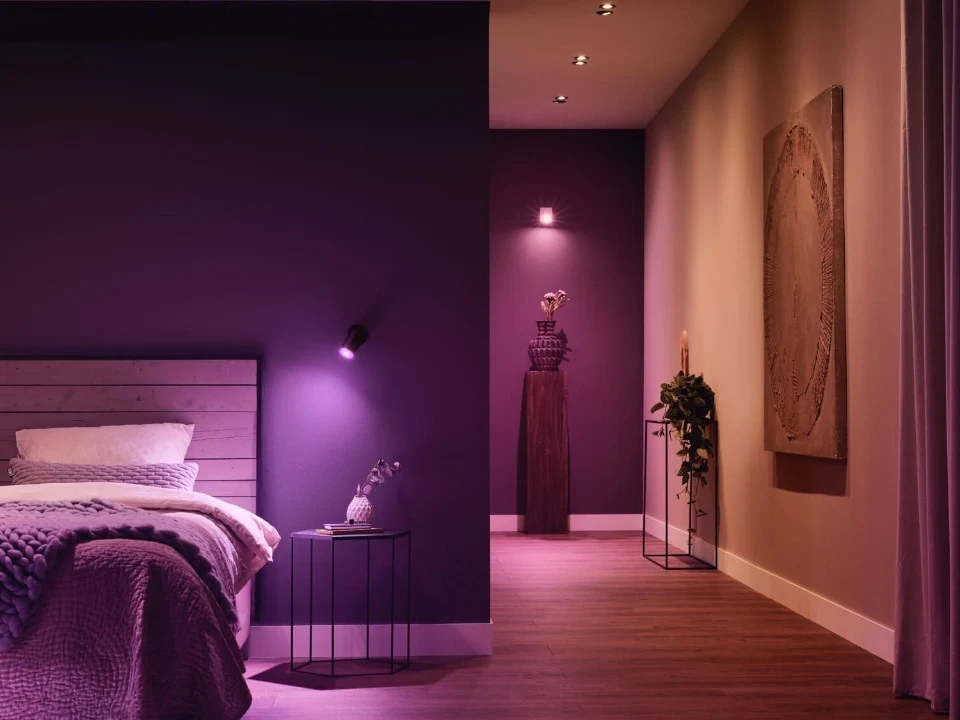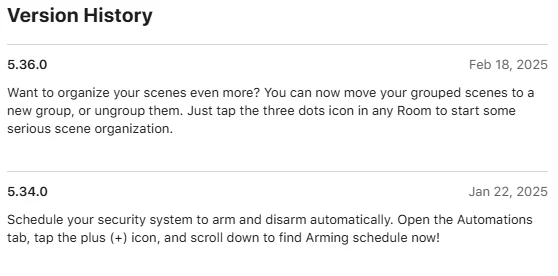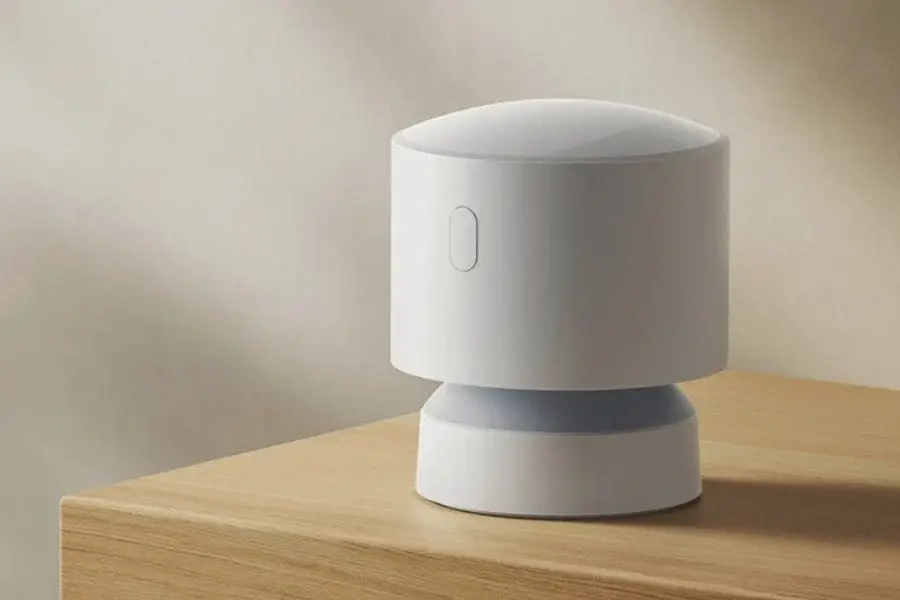Key Takeaways
1. Home Assistant’s 2025 Roadmap focuses on enhancing the software based on user feedback, without detailing specific new features.
2. The roadmap is organized into themes like ‘Devices’, ‘Automation’, and ‘Dashboard’, with color codes indicating the status of initiatives.
3. A major change will allow the grouping of device entities for better management and tailored automation suggestions.
4. Home Assistant is developing a Device Database in collaboration with the Open Home Foundation to provide community-validated product information.
5. Planned enhancements include improved automation triggers, better navigation, user-friendly dashboard design, and upgraded privacy controls.
Home Assistant has shared its plans for 2025. This roadmap doesn’t list out new features but rather shows how the software will be enhanced in the next months. The company explains that this strategic plan is based on user feedback and requests for new features.
Themes of Improvement
The 2025 Roadmap for Home Assistant is organized into various themes like ‘Devices’, ‘Automation’, and ‘Dashboard’, with color-coded boxes indicating the status of each initiative: green for ‘Now’, yellow for ‘Next’, and orange for ‘Later’. In a blog post, the company stated its goal to make Home Assistant ‘truly smart’ by 2025. This means it will be able to give smart suggestions for improving your home by using information from the community. Thus, the focus is on enhancing device context and building the Device Database.
Changes in Device Management
At present, devices in Home Assistant are displayed as individual, ungrouped entities. For instance, a smart fridge may contain a temperature sensor, a door sensor, and a light. In 2025, the plan is to change this by allowing these entities to be grouped together. This change could lead to more tailored dashboards, device cards, and automation suggestions for different devices, making them simpler to manage. Additionally, for Assist voice commands, this improvement should yield more precise answers; asking for the kitchen temperature will refer to your thermostat instead of the fridge’s temperature sensor.
To support this new feature, Home Assistant is collaborating with the Open Home Foundation to create a Device Database. This will serve as a community-validated source with metadata, set-up guides, and user automation examples, among other details, for a variety of products.
Enhancements and New Features
In conjunction with this initiative for shared knowledge, Home Assistant aims to refresh its automation triggers and conditions, enhance navigation, and revamp the design system to make features easier to locate and dashboards more user-friendly right from the start. Additionally, privacy controls will be improved, the Music Assistant setup will be simplified, and the Assist voice assistant may become more conversational. The Home Assistant 2025 Roadmap comes out just days after the 2025.5 update for the open-source smart home automation software.
Source:
Link
